These additional armor plates have often been described in post-war Western literature as anti-bazooka shields.
[Read theHistory of the Infamous RPG-7 here.]
I wondered, Why would the Germans provide protection against weapons that their most pressing enemy didnt even employ?
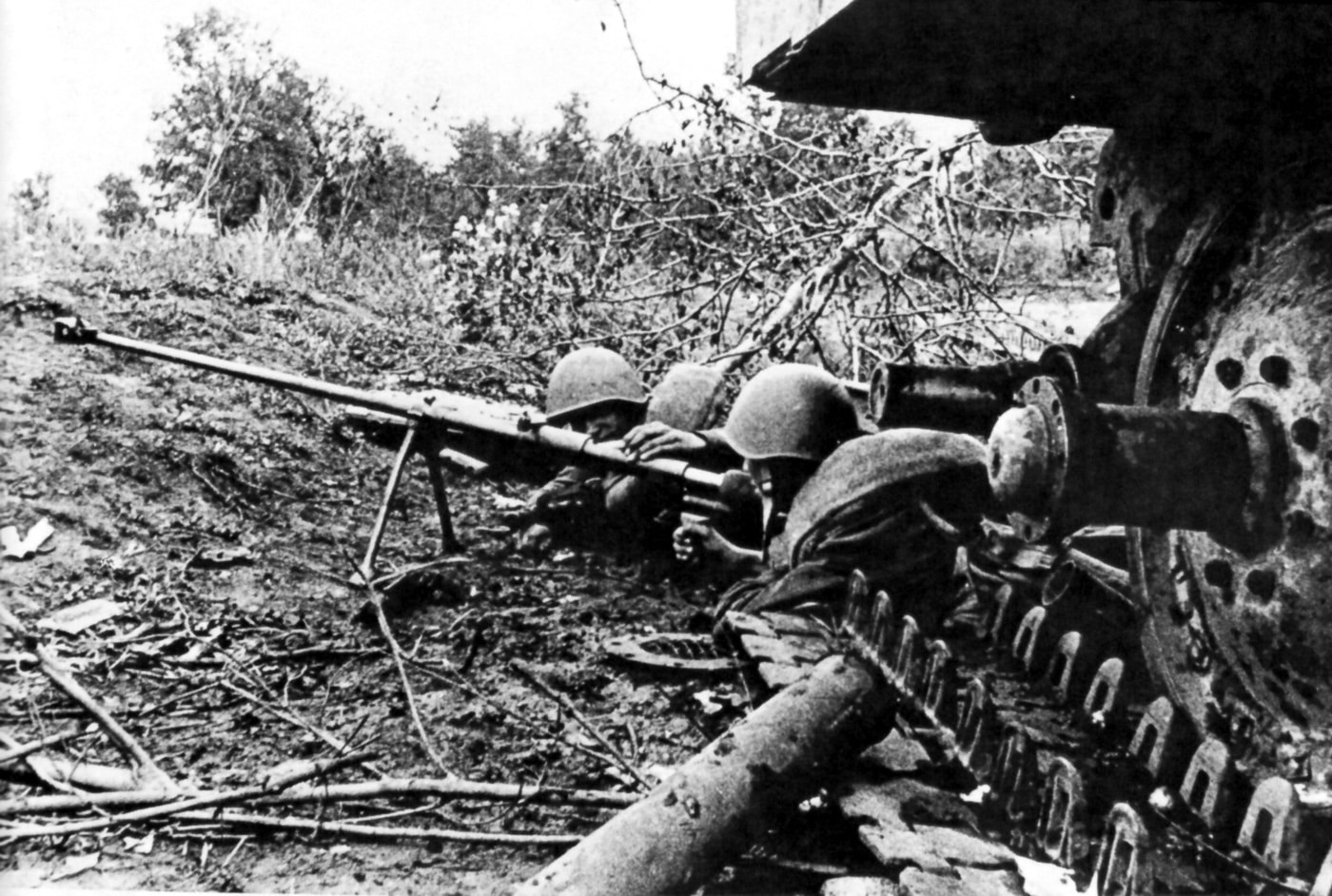
A Soviet infantry team with a PTRD-41 in action during 1943. Image: Author’s collection
What appeared to be a 75 mm self-moving gun was partially protected by similar side plates over the bogies.
In every instance I found, Schurzen were described anti-bazooka shields, with no mention made of anti-tank rifles.
It is easy to see how this mistake was made.

Chambered for a 14.5mm cartridge, the PTRD-41 Soviet antitank rifle was very long at 6’, 6¾”. Image: Author’s collection
Introduced in early 1943, skirt armor was a cheap and relatively effective defense against Soviet anti-tank rifles.
German testing showed that the skirt armor concept was valid.
Vehicles in service were retrofitted, and factories started rolling out vehicles featuring the new side skirts during 1943.
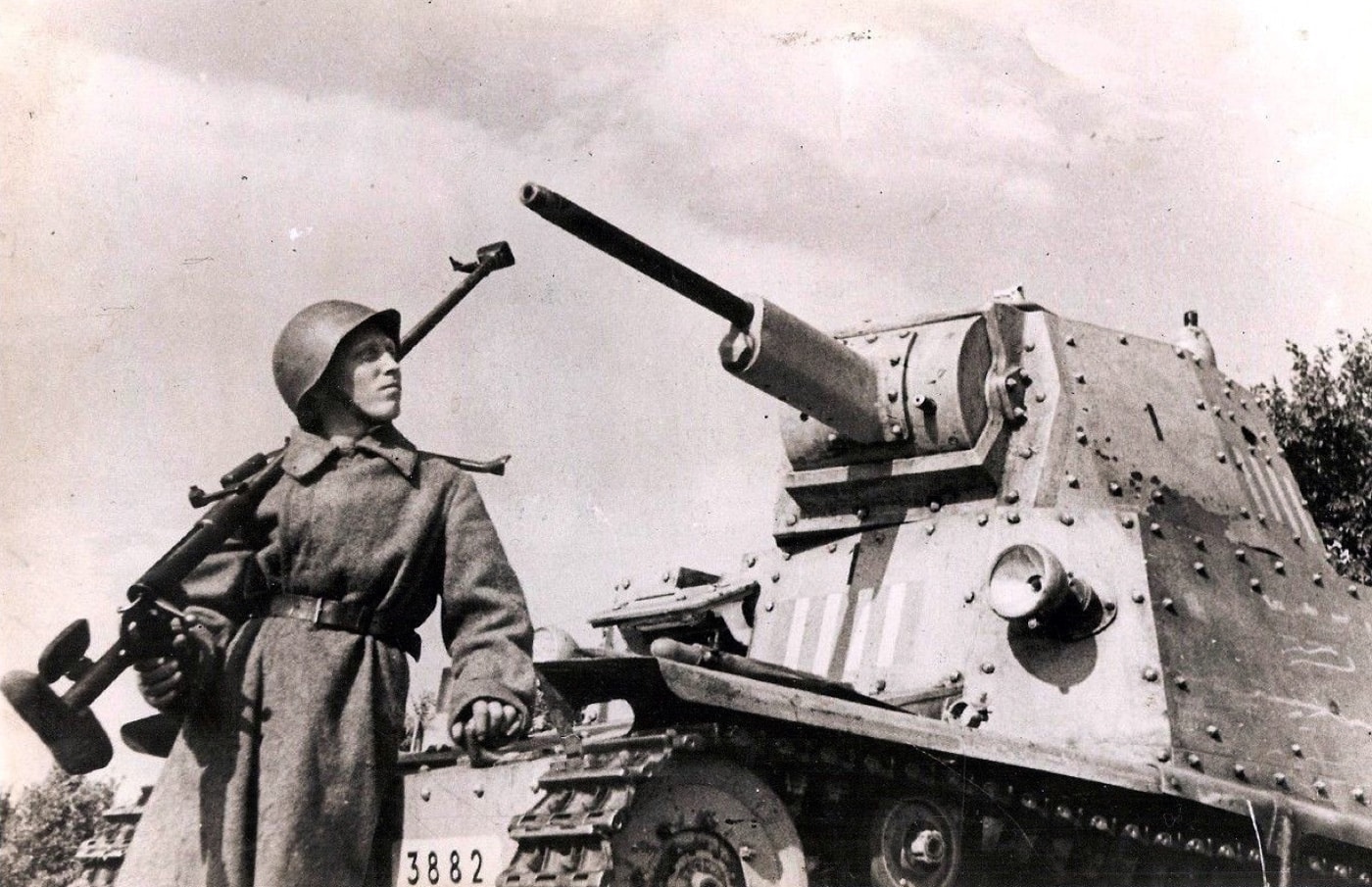
A Soviet PTRD-41 gunner poses with a kill: an Italian L6/40 light tank. With a maximum armor thickness of 40mm on the front plate, the L6/40 was an easy target for the Russians. Image: Author’s collection
On the surface, this assumption makes sense.
Actually, the reverse was true.
Late-war testing showed that Schurzen was completely ineffective against the Bazooka and PIAT.
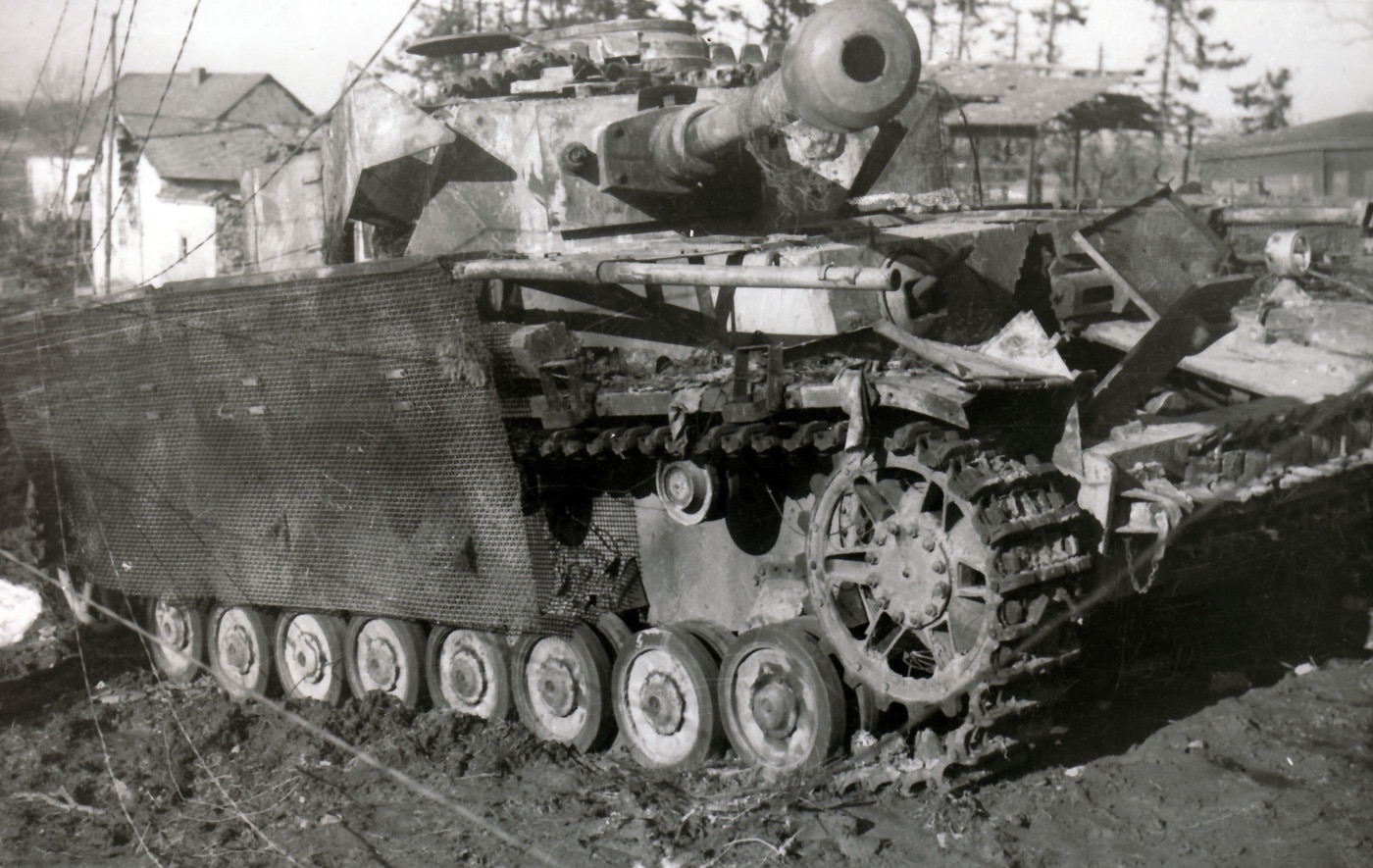
Panzer IV with the wire-mesh skirts (“Thoma Shields”). At first glance, themistakennotion that these were “anti-bazooka shields” makes perfect sense. Image: U.S. Army Ordnance Museum
Allied intelligence certainly didnt lack for available information on skirt armor.
Later tests showed that the side skirts actuallyenhancedthe penetrative ability of the American bazooka.
This information made me take a close look at the Soviet anti-tank rifles of World War II.
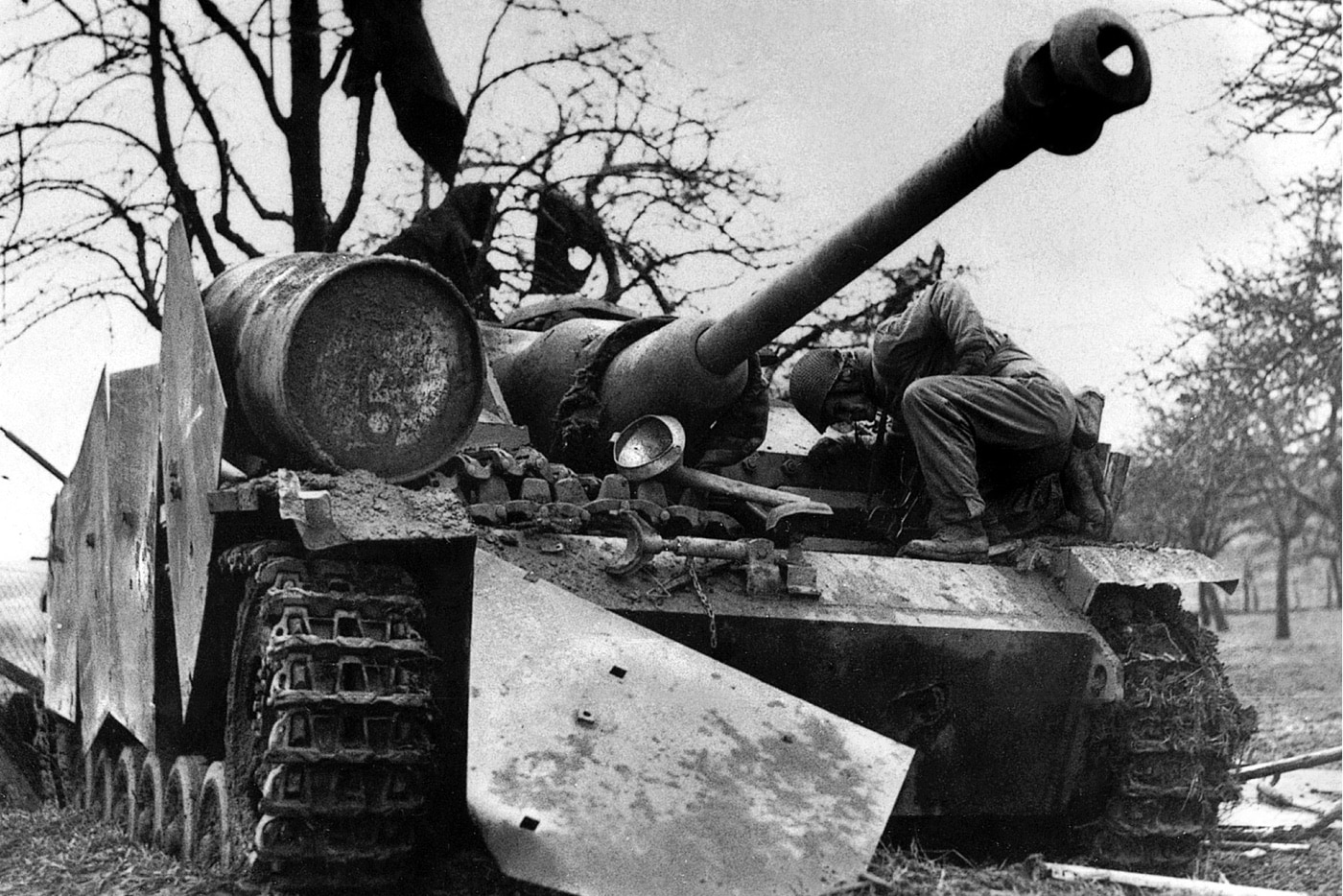
Armored skirts were awkward as shown here on a StuG III. They easily warped or snagged, trapping dust, dirt and foliage alongside the running gear and chassis. Image: Patton Museum
Obviously, there was a great deal more to the story of these weapons than had been previously described.
It is a very satisfying sight for the defender, and a demoralizing one for tankers everywhere.
This rifle was encountered quite frequently and can be recognized by its prominent muzzle flash.

A knocked-out Sturmpanzer 43 on the Eastern Front shows multiple hits to its side skirts from a Russian AT rifle. Image: Patton Museum
In one case, an oblique hit was made against the forward vision slit of the commanders cupola.
Its corner broke off and ricocheted, rendering the Kinon vision block unusable.
The result of a direct hit (on the vision block): probable penetration.
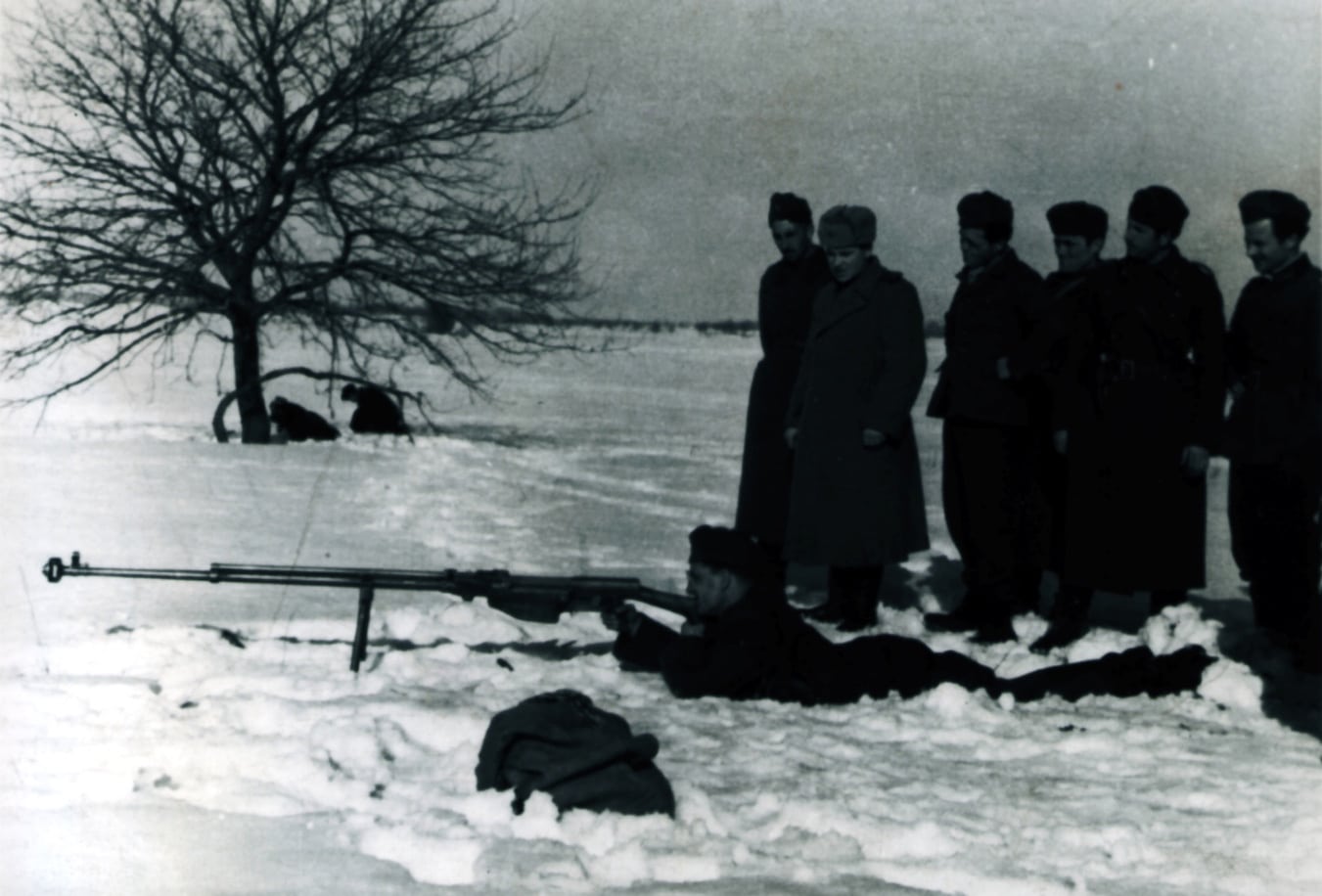
The magazine-fed PTRS-41 was 84.5 inches long — frequently longer than the shooter was tall. Image: Author’s collection
The rounds of the antitank rifle usually impact in the vicinity of the vision slot.
Even against the mighty Tiger, Soviet AT rifle gunners knew how to hurt their armored opponents.
Carius also commented: Every tank commander had to be careful while peering out during positional warfare.
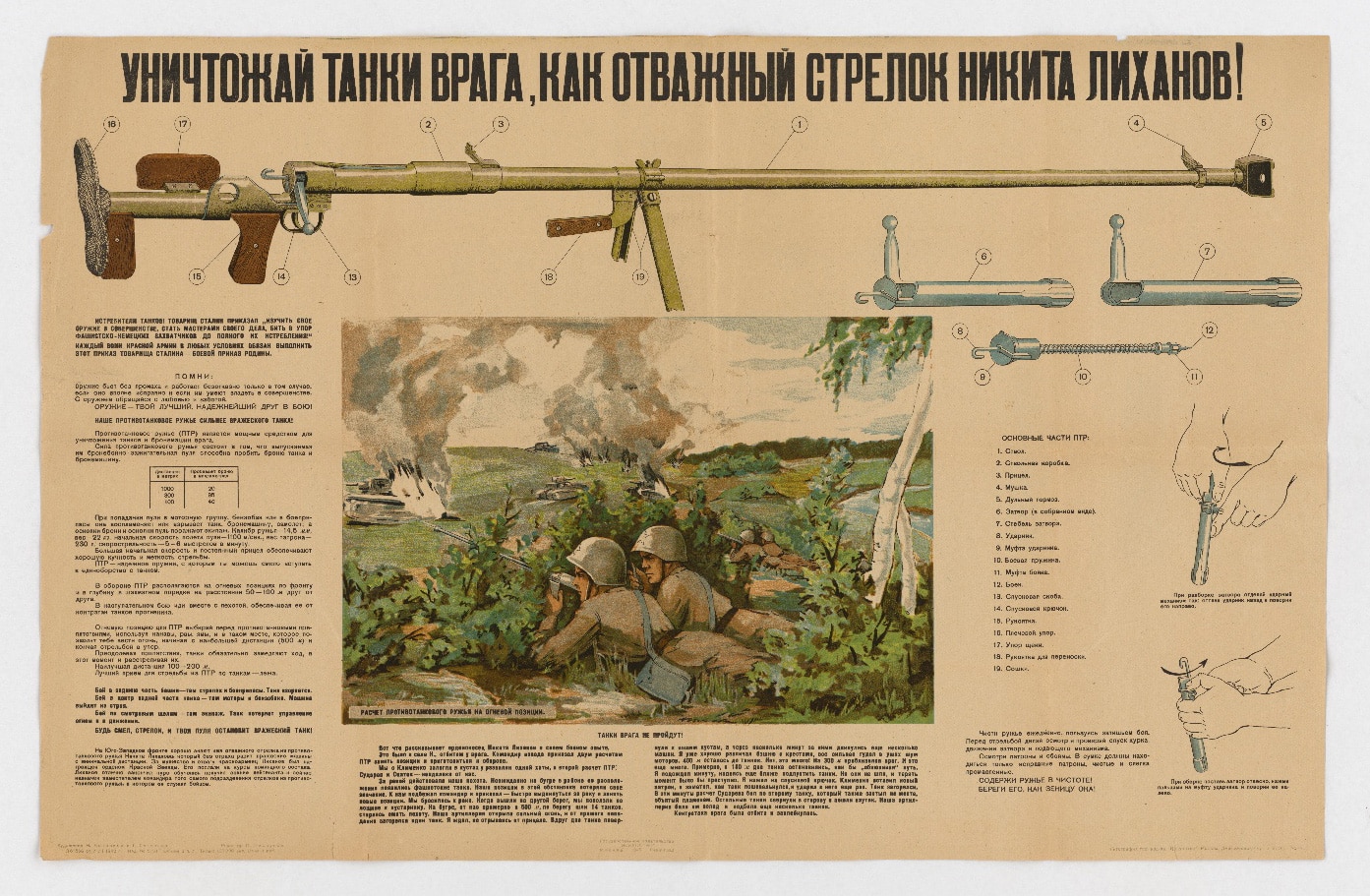
A Soviet Union recognition and training poster featuring the PTRD-41 antitank rifle. Image: NARA
Especially since the turret hatches of tanks in the front lines were continuously watched by enemy sharpshooters.
Even a short exposure could be fatal for the tank commander.
These weapons were also known as the PTRD-41 and PTRS-41 respectively.
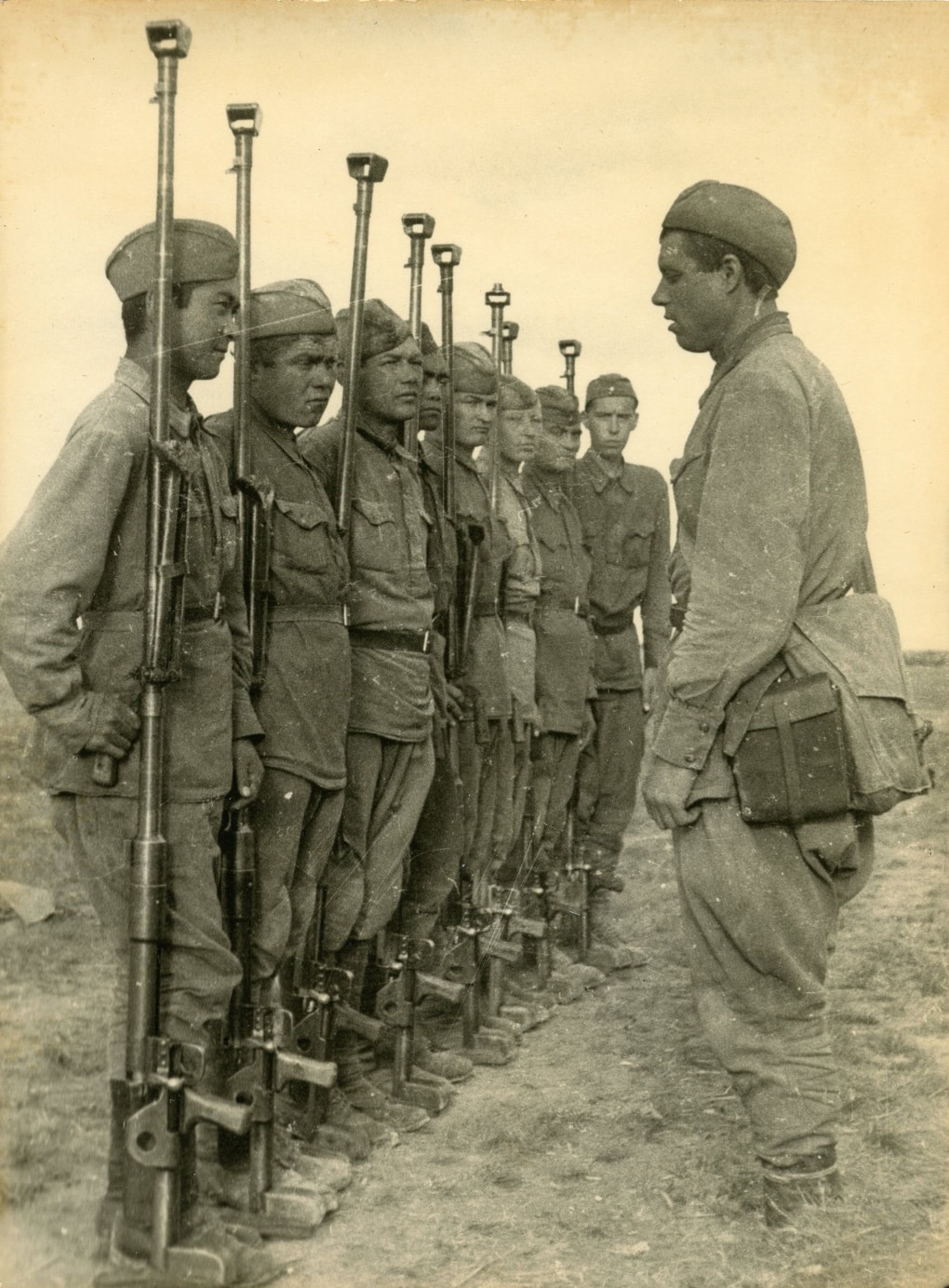
Soviet anti-tank rifles were produced in great numbers and remained in service through the end of WWII. These soldiers carry the PTRD-41. Image: Author’s collection.
The 14.5x114mm ammunition had a velocity of 3320 feet per second (fps).
Sights were offset to the left of the gun.
The PTRDs weight was 38.5 lbs., and its length was 78 34.
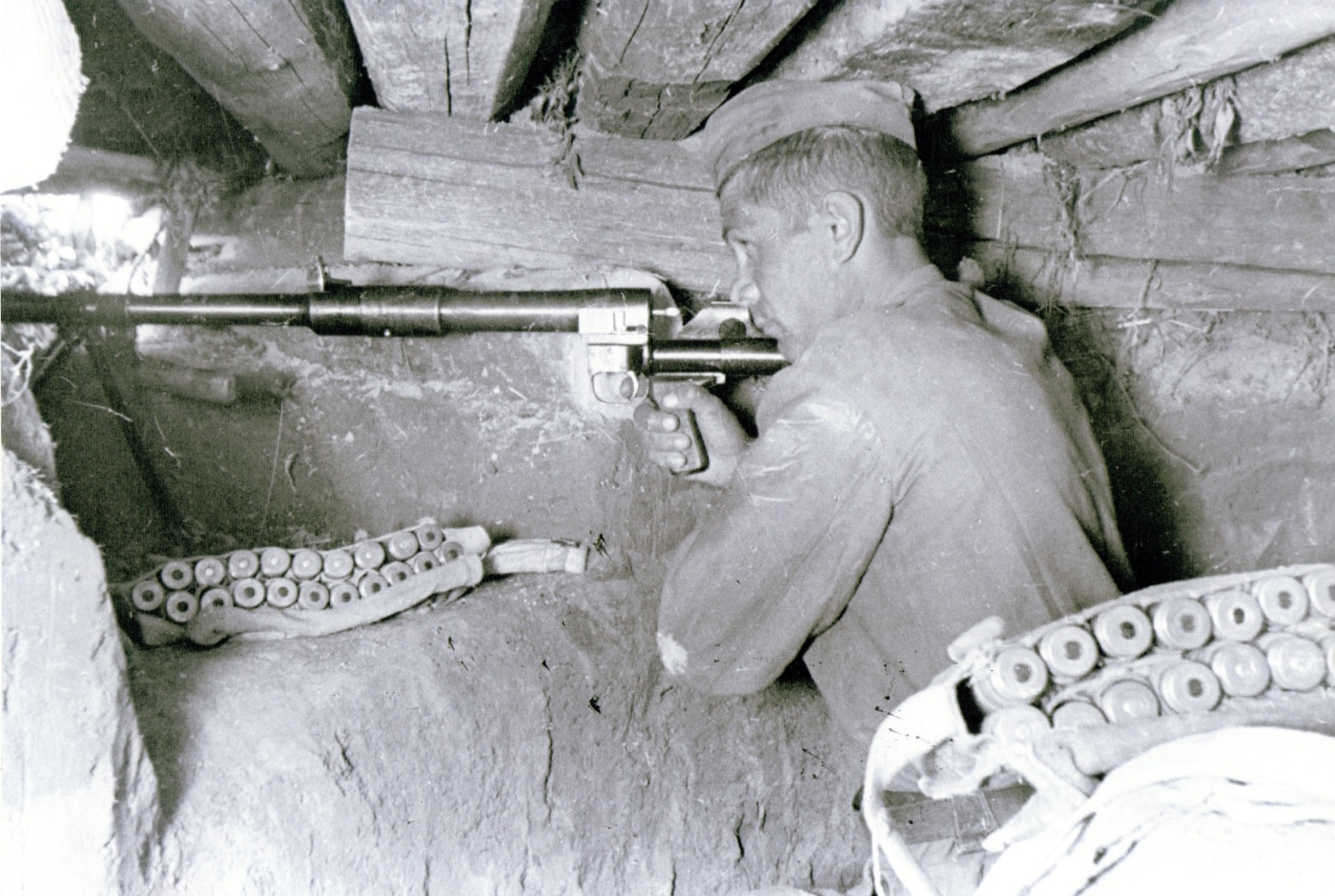
The Soviet PTRD-41 anti-tank rifle allowed Russian troops to fire it safely in enclosed areas, unlike the bazooka. Note the whopping size of the 14.5x114mm cartridges. Image: Author’s collection
The PTRS 1941 Simonov was a massive, semi-automatic 14.5mm rifle, magazine fed by a five-round clip.
The gun could be easily disassembled into two loads for transport.
The PTRS weighed 46 lbs.
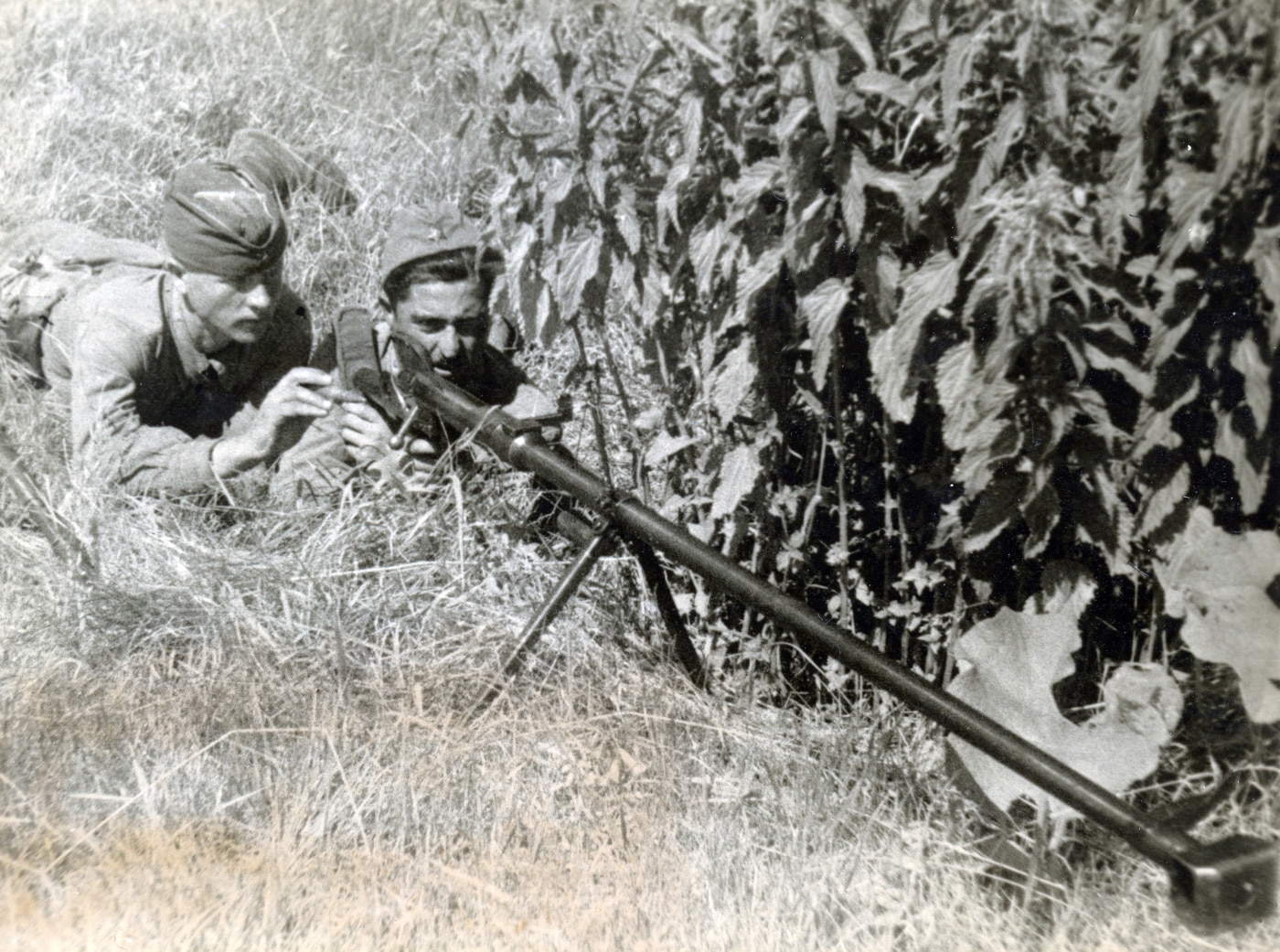
Soviet anti-tank rifle teams typically consisted of two men, as shown here. Image: Author’s collection
and was 8414 long.
The answer comes in the capabilities of the Russian 14.5mm anti-tank rifle and the study of Soviet anti-tank tactics.
The Russians, devoid of sufficient hollow-charge technology, used what they had, and apparently used it well.
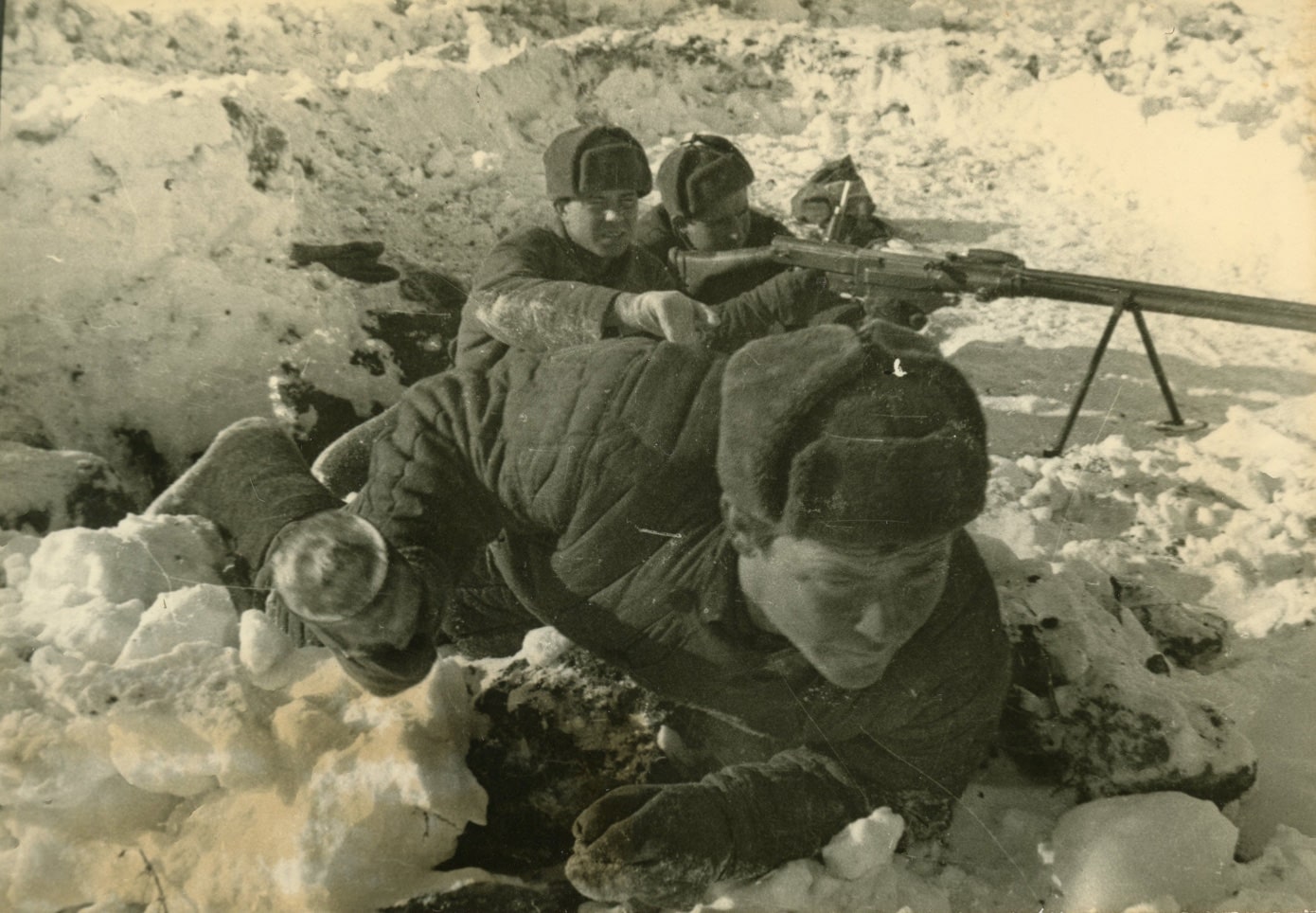
Soviet anti-tank defenses were multi-layered and featured a wide range of weapons including the anti-tank grenade (foreground) and a PTRS-41 AT rifle (background). Image: Author’s collection
Their anti-tank defense in depth tactics did an excellent job of combining available firepower.
At close ranges, the AT rifles were quite effective against the side and rear armor of German vehicles.
Later tests showed that Russian anti-tank rifles could also penetrate the lower hull sides of the Mark V Panther.
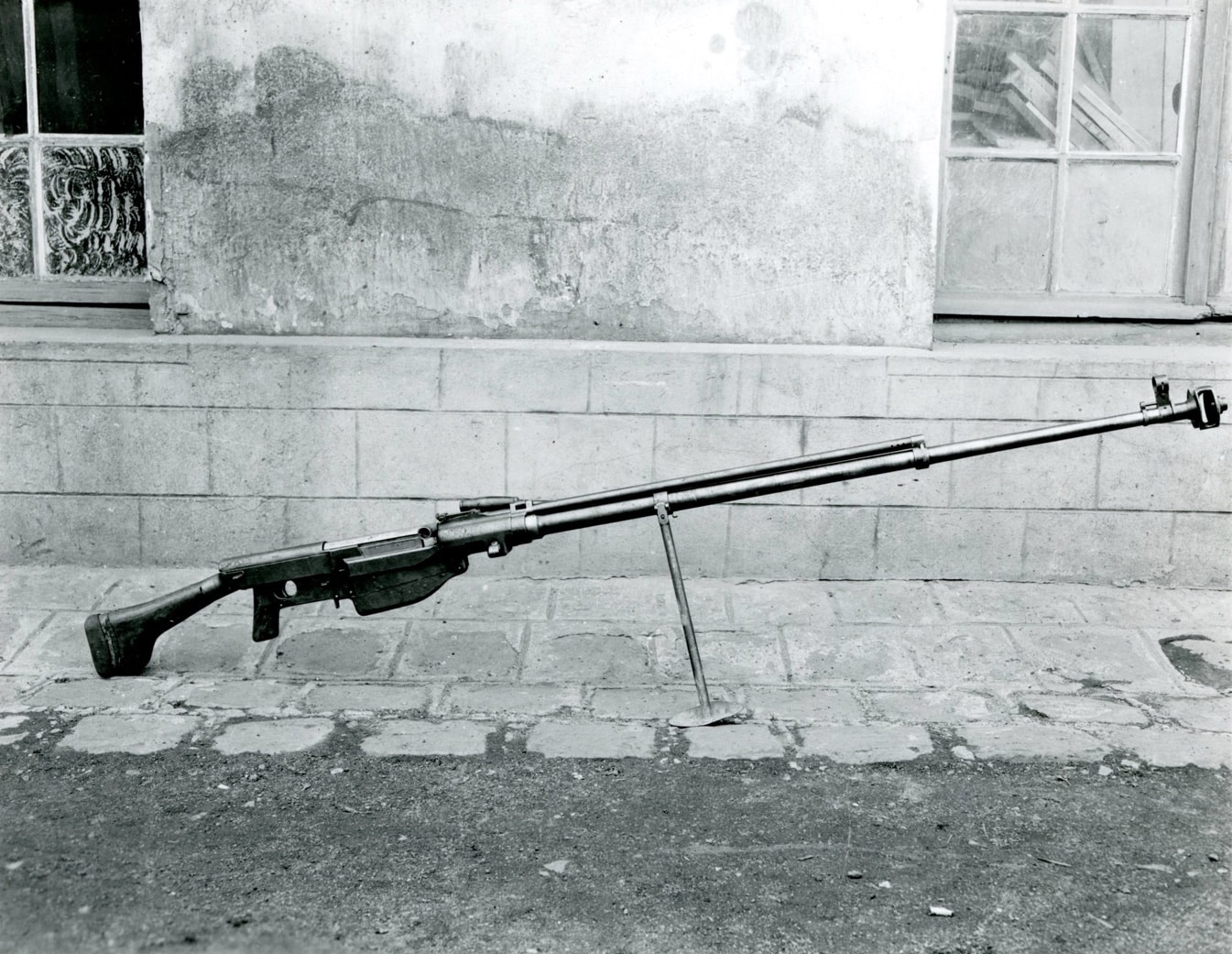
The PTRS-41 was one of two main anti-tank rifles fielded by Soviet infantry on the Eastern Front. Image: NARA
German half-tracks, assault guns, and self-propelled artillery were also vulnerable to Soviet anti-tank rifles.
A disabled German vehicle, without infantry support, was ripe for attack by Soviet tank hunter teams.
Their firing signature was also significantly less than an AT rocket launcher or heavy anti-tank cannon.
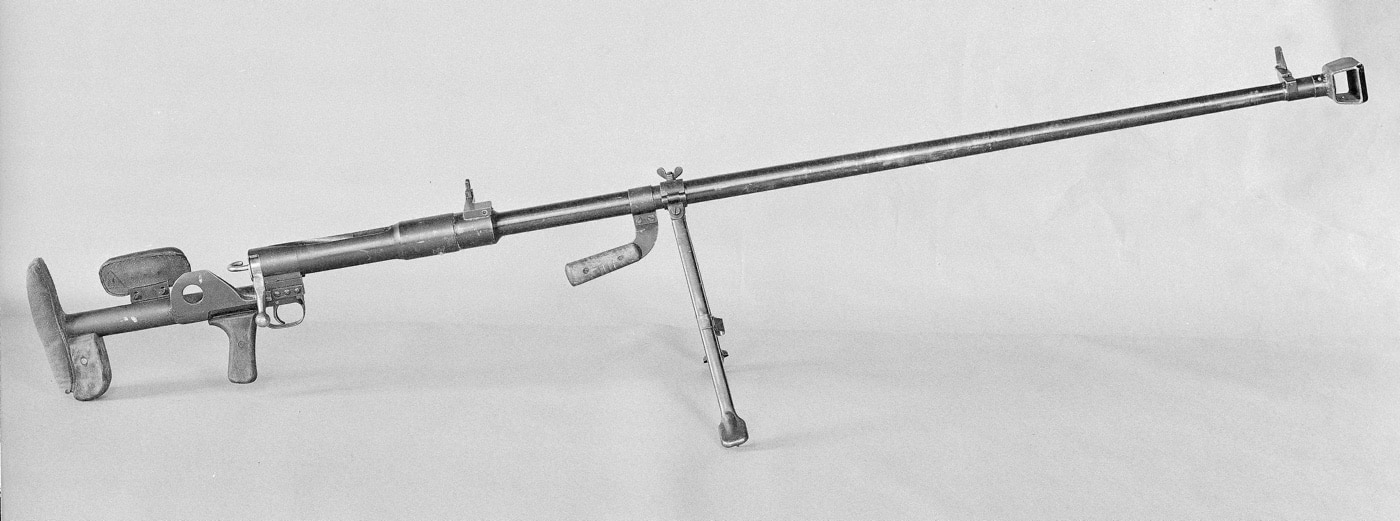
Shown above is a PTRD-41 rifle captured by Finnish forces during the Continuation War to recapture territory lost during the Winter War.Image: SA-Kuva/CC BY 4.0
On the downside, the PTRD and PTRS were not comfortable rifles to shoot in any way.
Their recoil was terrible, and the muzzle blast had a sledgehammer impact on the face of the shooter.
During the Korean War, U.S. forces captured a number of Soviet AT rifles from Communist forces.
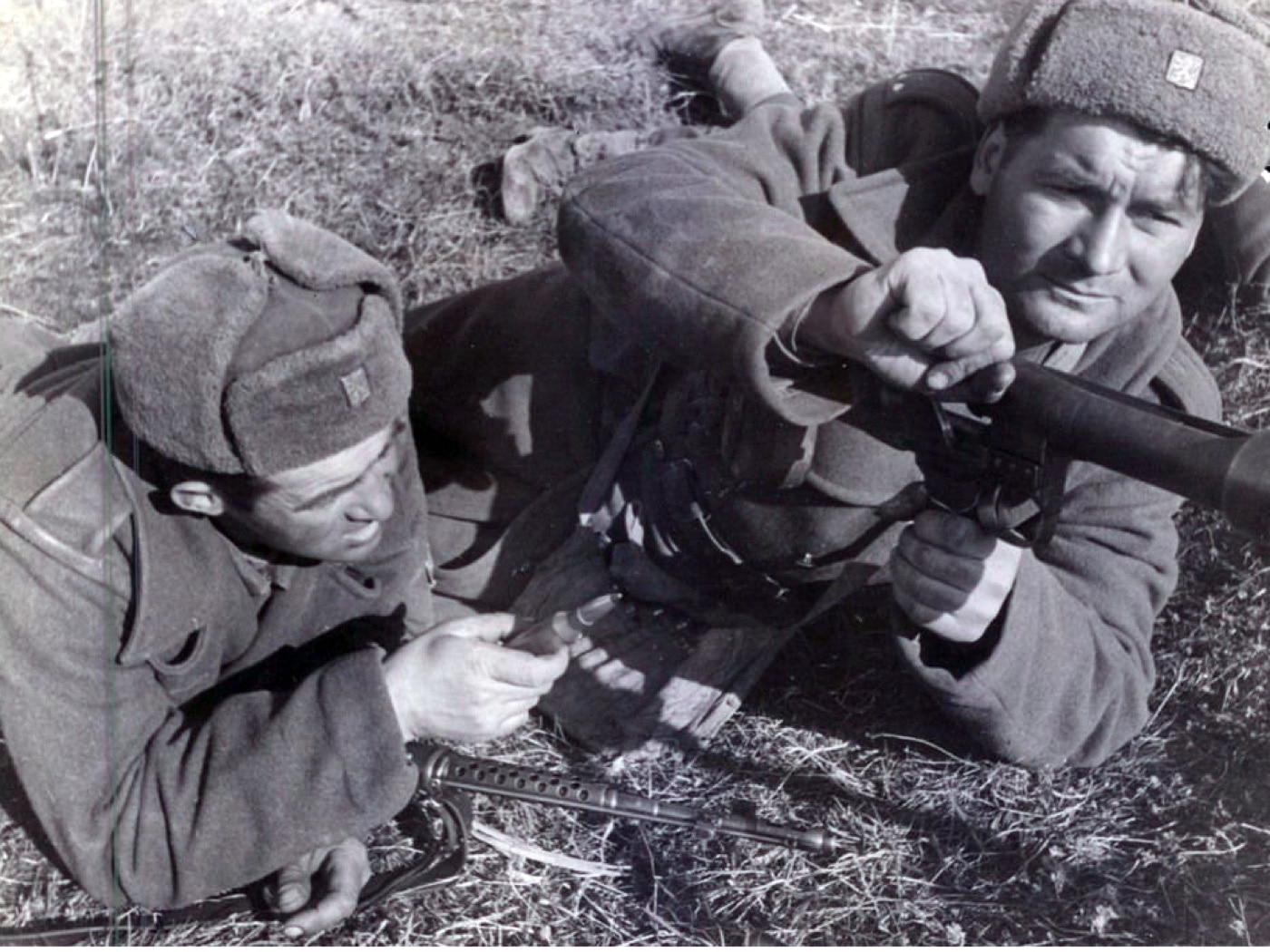
An anti-tank rifle team goes to work. An experienced crew could fire up to ten rounds per minute with the single-shot PTRD-41. Image: Author’s collection
Nevertheless, as for the PTRD and PTRS, a few still soldier on.
Examples have been seen in action with Ukrainian forces since the Russian invasion of the Donbas began in 2014.
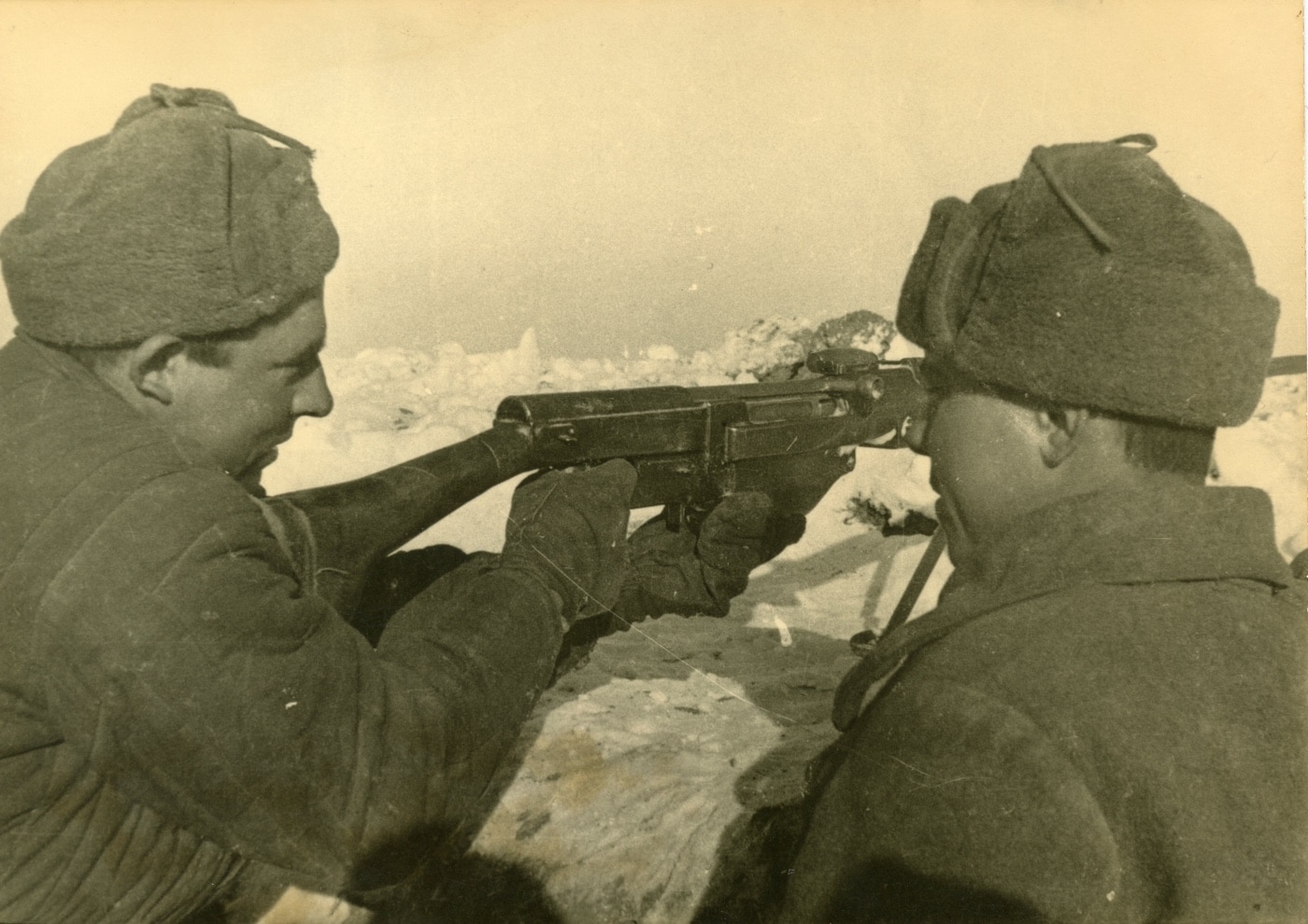
A five-round magazine fed the semi-automatic PTRS-41 anti-tank rifle. Image: Author’s collection
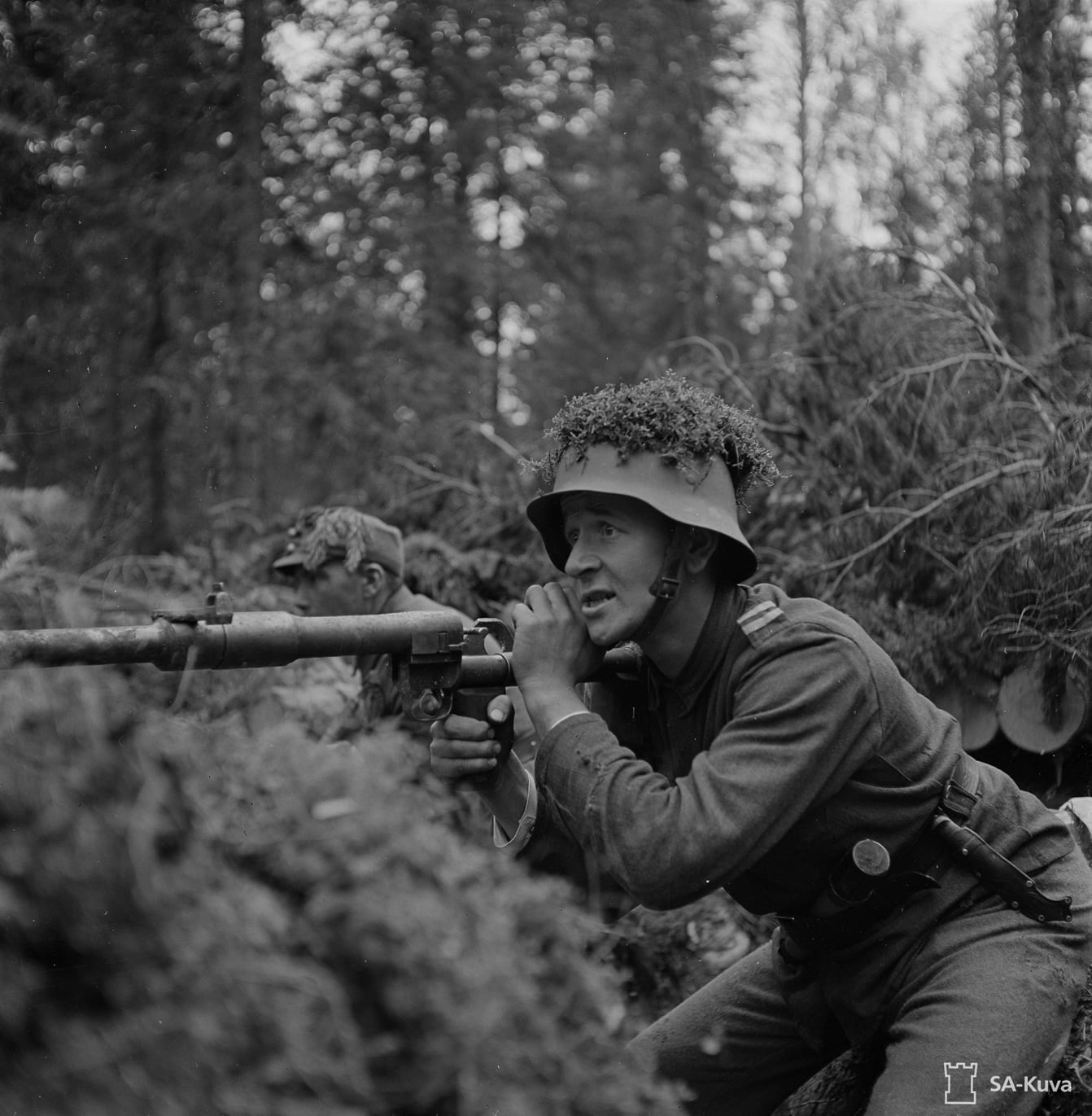
A Finnish soldier uses a captured PTRD-41 against Russian troops during the Continuation War.Image: SA-Kuva/CC BY 4.0
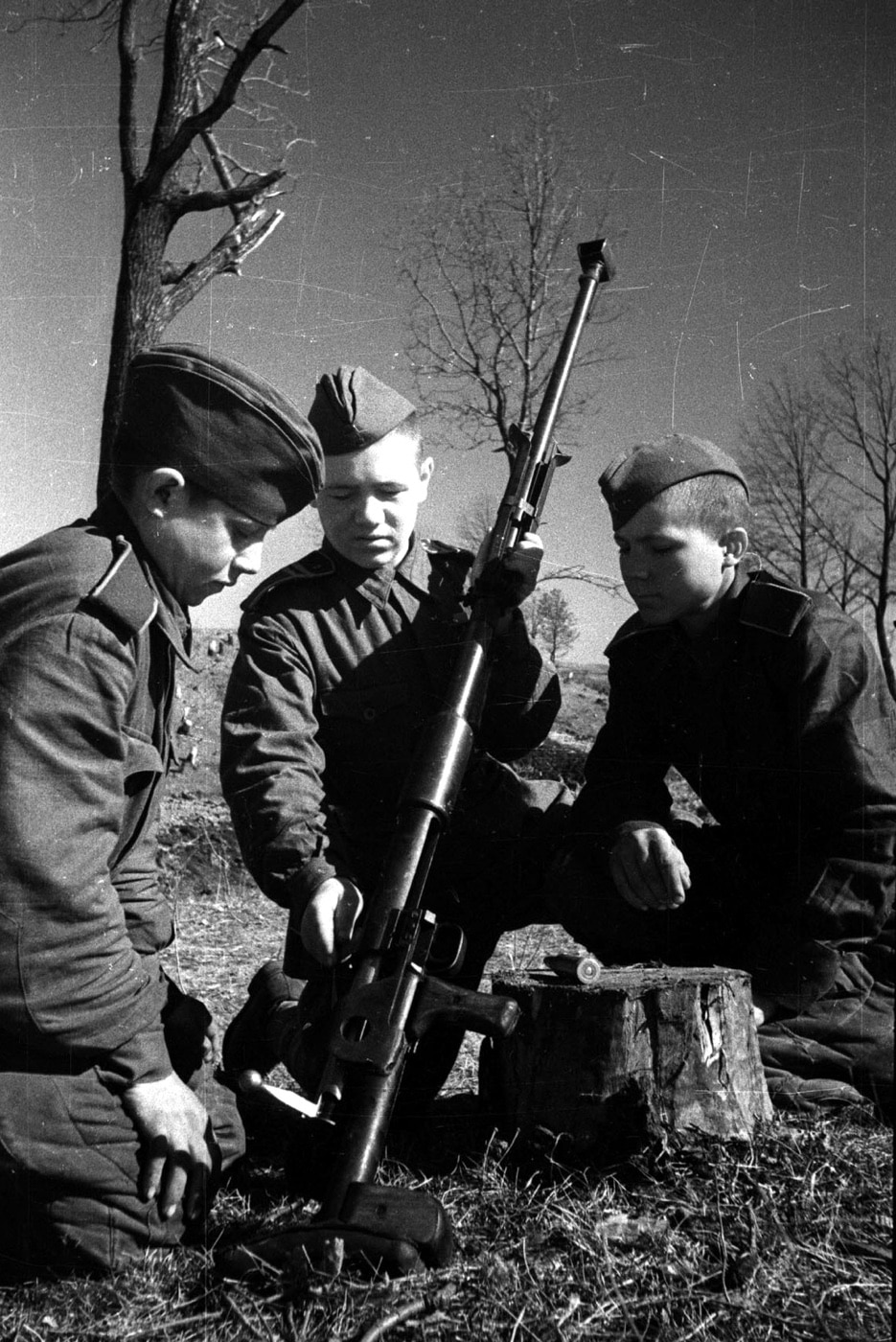
Soviet soldiers learn how to use the single-shot PTRD-41 anti-tank rifle. Image: Author’s collection




